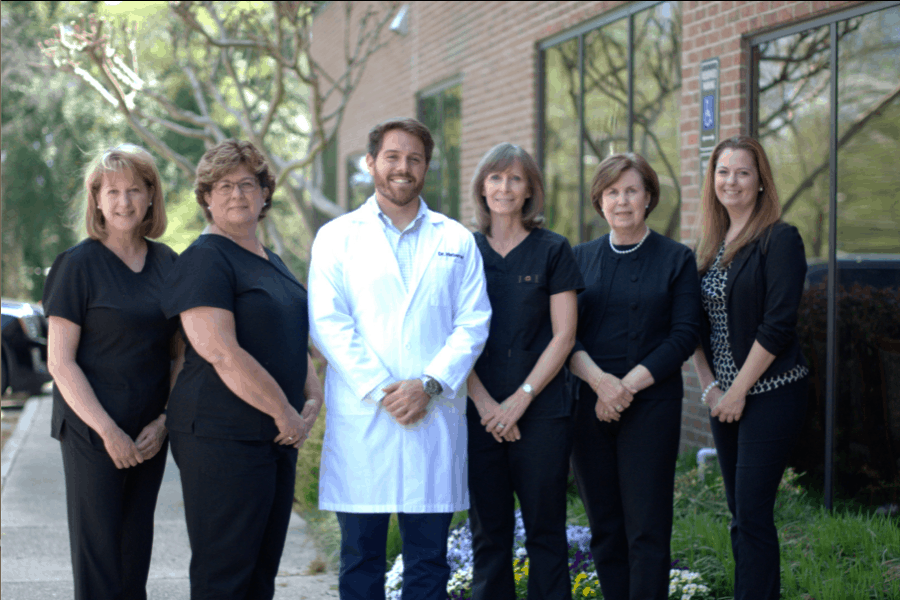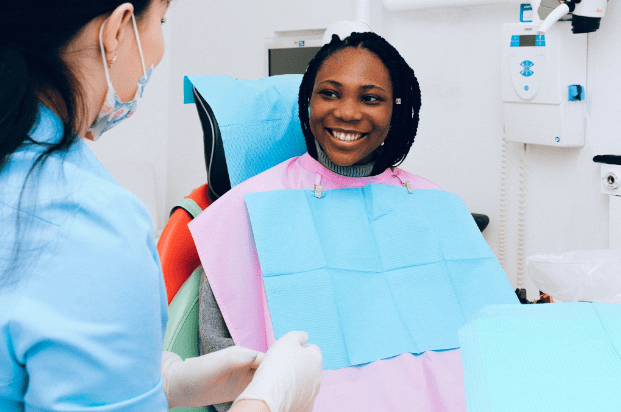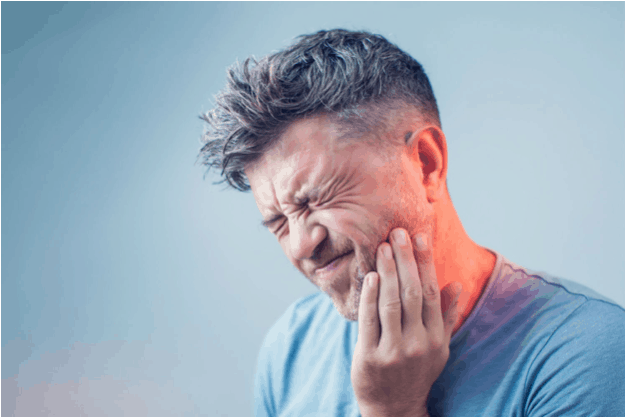Invisalign treatment is a highly sought-after dental intervention. Although crowded teeth and poorly aligned jaws are often seen as cosmetic issues, both can actually contribute to poor oral health. Invisalign can help relieve these issues without the discomfort and appearance of standard metal brackets.
The History of Invisalign
Invisalign began as the only clear aligner teeth straightening system of its kind. Invisalign has become synonymous with the phrase “clear aligners,” and continues to be the company that is primarily utilized by dental professionals.
Invisalign began as a way to provide virtually invisible “braces” in the place of traditional metal braces and weighty, uncomfortable brackets. While it was once considered a novelty in orthodontic treatment options, it has since become a staple in orthodontic care.
What Is Invisalign?
The Invisalign system is a set of aligners that creates a gradual shift in teeth. Invisalign clear aligners can be used to treat most of the major issues treated by standard metal braces. Before beginning Invisalign treatment, dental professionals take a mold of teeth and create an initial set of aligners to start the shifting process. Over the specified treatment time, aligners are switched out for subsequent aligners with a slightly different configuration.
As each subsequent set of aligners is placed, teeth experience pressure to shift in the desired direction. These shifts can improve the appearance of teeth, jaw alignment, and bite.
The Development of Invisalign
Invisalign was developed with an eye on the discomfort and aesthetic problems associated with traditional metal braces. While metal braces have come a long way and have improved in both size and comfort, the founder of Invisalign felt that there was a significant gap in orthodontia that did not account for the style preferences of young people and adults, alike, who needed teeth straightening and jaw alignment.
How Invisalign Works
Invisalign works in the same way as metal braces. Like metal braces, pressure is exerted on the teeth being treated, in order to shift their position and improve alignment.
Initial Invisalign Assessment and Subsequent Treatment Plan
Before starting treatment, a dentist will evaluate your oral health and alignment needs. The assessment will determine whether or not you are a candidate for clear aligners, as not all dental concerns can be successfully treated using Invisalign.
Successive Clear Retainers
The crux of the Invisalign system is the use of successive aligners. The precise number of retainers utilized in a treatment plan will vary from person to person and depends on the severity of the issues being treated. People with only mild crowding, for instance, may benefit from a 6-month treatment plan. Individuals who have more severe bite issues and crowding may require a time frame closer to standard braces’ treatment time of 18-24 months.
How Much Does Invisalign Cost in Raleigh, NC?
The cost of Invisalign depends on the duration of treatment and may also depend on your insurance coverage. Although the standard cost of treatment hovers around $5,000, treatment can be cheaper if fewer sets of aligners are needed or the dental office in question has different pricing models. To determine how much Invisalign costs in your area, reach out to your dentist.
The Pros of Invisalign
Invisalign has largely been considered a positive change to the dental industry. Patients and dental professionals alike have enjoyed the repercussions of Invisalign’s emergence on the dental scene. The most common pros associated with Invisalign include convenience, fewer orthodontic emergencies, and aesthetics.
Convenience
Invisalign is primarily lauded for its convenience. Although Invisalign must be worn 22 hours a day, aligners can be removed to eat and clean teeth, reducing the likelihood of getting food and other debris caught in brackets and leading to decay and staining.
Aligners are also convenient because they do not require a significant change to the appearance of your teeth. This is particularly helpful for adults and others who are not partial to the appearance of braces. When standing face-to-face, clear aligners are far less apparent than the large brackets and wires associated with traditional braces.
Aesthetics
Traditional metal braces can cause a bulging appearance to lips and cheeks, which many find unappealing. Braces can also have food and debris lodged in the metal wires and brackets, leading to embarrassment in school, work, and social situations. Clear aligners are removed during eating and cleaning, which removes the possibility of experiencing embarrassment regarding food and other materials and renders Invisalign treatment ideal for aesthetic needs.
A Smaller Number of Orthodontic Emergencies
While orthodontic emergencies are not necessarily par for the course, many people do experience popped wires and broken brackets throughout their treatment time. Clear aligners do not pose the same hazards and requirements for intervention and therefore do not possess as many opportunities for injury and damage. With clear aligners, the most significant risk is damaging the aligner if it is left on the floor or placed too close to a hot stove.
The Cons of Invisalign
Although the cons of Invisalign are small, there are some concerns dental professionals have about Invisalign treatment. These include ease of loss and the limited applications for which Invisalign is suited.
Ease of Loss
Traditional metal braces cannot be lost. They are glued to teeth for the duration of treatment and are securely fastened. Clear aligners, conversely, can be removed and therefore can be lost.
If the suggested wear time of 22 hours is followed, the likelihood of losing your aligners is quite small. If, however, you are prone to forgetting to put your clear aligners in or you have a habit of leaving them lying around, it can be easy to misplace your Invisalign.
Limited Applications
Although Invisalign can treat a host of dental issues, some more severe issues must be treated using traditional braces. Severe bite misalignments and dramatic over, under, or crossbites are not usually good candidates for Invisalign treatment because they require more intense changes to the jaw and teeth. Rubber bands, Herbst appliances, and more cannot be used in conjunction with Invisalign, limiting their application in treating more serious dental issues.

Is Invisalign Effective?
For most mild to moderate crowding and bite issues, Invisalign is a highly effective treatment option. If you are in search of Invisalign treatment in Raleigh, NC, our team is happy to assist you. Invisalign is a wonderful alternative to traditional metal braces and can be used to improve your grin and your confidence.






